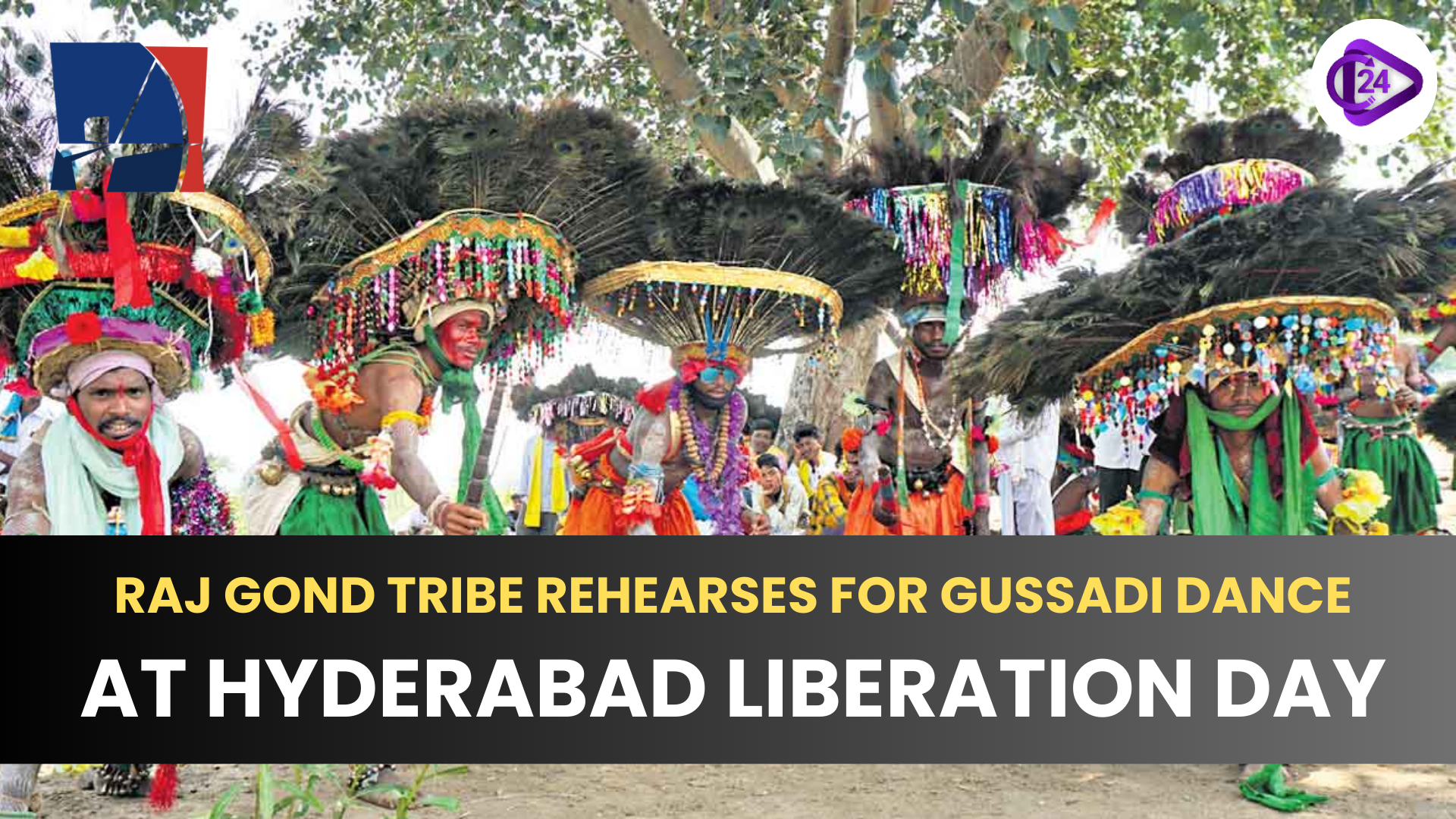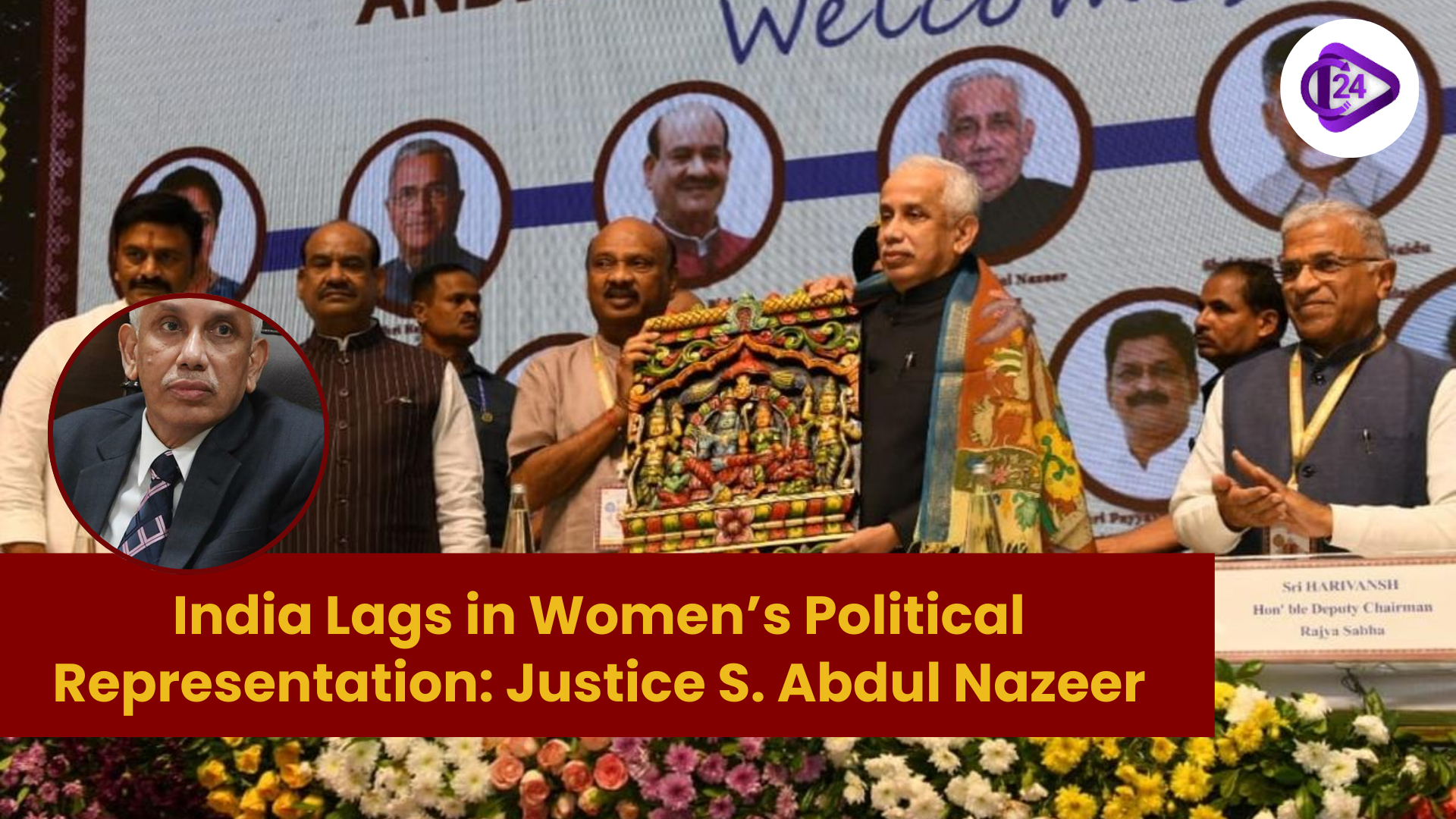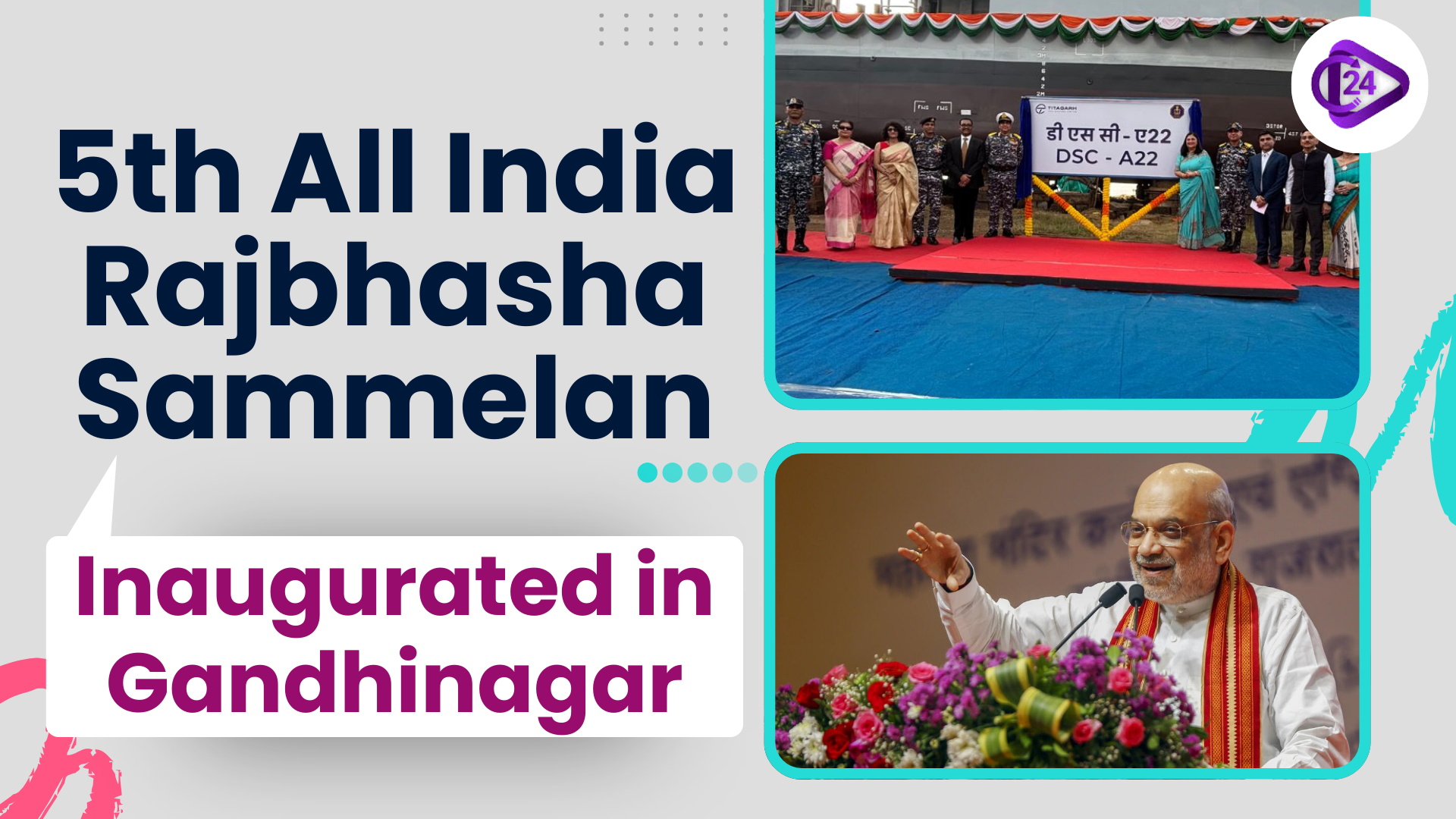
The Gussadi is an ancient dance performed by the members of the Raj Gond tribe of the Adilabad district in Telangana as a part of the 78th Hyderabad Liberation Day celebrations. Gussadi dance is an important cultural statement of the Raj Gond tribe that is performed at the time of their Dandari festival, which is similar to Diwali. The presentation, which is colorful with costumes, peacock feathered turbans, and distinctive instruments, incorporates about 40 participants in each of the groups. It is a dance that is ritualized by men, representing Gond culture and traditions.
Key Points in Detail
The Gussadi Dance
-
Cultural Significance: The Gussadi dance is a cultural aspect of Dandari festival, which is held by the Raj Gond tribe on Diwali.
-
Performance Structure: It is usually done by a team of approximately 40 people and entails dancing and singing in sync.
-
Traditional Costumes: The dancers are dressed in bright attire, wear turbans with peacock feathers, deer horns, goat skin, and other unique props such as fake mustaches and beards.
-
Traditional instruments: The dance is accompanied by traditional instruments, Dappu, Tudumu, Vette, Dolki, Pipri and Kolikammu that introduce rhythm and colors to the dance.
Customs and Rituals
-
Respect and Rituals: The dancers frequently wash their feet after the show and it symbolizes respect of the art and the audience.
-
Gender Tradition: The Gussadi dance is performed by men only as it is the cultural norms and traditions of the Gond tribe.
About the Gond Tribe
-
Biggest Tribal Community: Gond tribe is a tribe that is among the largest indigenous communities in India as found in many states such as Madhya Pradesh, Andhra Pradesh, Telangana, Chattisgarh among others.
-
Historical Legacy: The tribal culture of India has an important historical presence of the Gond tribe that has created numerous important kingdoms in India.
-
Subdivisions: The tribe has several subdivisions, among them being Raj, Madia, Dhurve and Khatulwar.
-
Diet: The Kodo and Kutki millet are the staple food of the group, rice, however, is taken at the festivals mainly.
Heritage and Contemporary Irrelevance.
-
Scheduled Tribe Status: Gond tribe is also a Scheduled Tribe and thus reservation is done to provide them with representation in different social, educational, and political places.
-
Maintaining Traditions: The Gussadi dance is important in helping to maintain the cultural heritage of the Gond tribe particularly in the ever-globalized world.
Conclusion
Gussadi dance is an exuberant display of the rich culture of the Raj Gond tribe performed at the Hyderabad Liberation Day. The production which has a historical and religious flavor not only glorifies the spirit of the Dandari festival but also gives an insight into the history and tradition of the tribe. This is an annual event that helps preserve their heritage and also makes them understand the significance of indigenous cultures in the diverse social fabric of India. As an example of preserving the tribal heritage, gender roles within the native communities, and cultural diversity in the region, Gussadi dance and its cultural significance might be used in the case of UPSC.



 Manipur Inaugurates Three-Day Festival to Promote GI-Tagged Hathei Chilli
Manipur Inaugurates Three-Day Festival to Promote GI-Tagged Hathei Chilli PM to Launch 'Swasth Nari, Sashakt Parivar Abhiyaan' and 8th Poshan Maah
PM to Launch 'Swasth Nari, Sashakt Parivar Abhiyaan' and 8th Poshan Maah India Lags in Women’s Political Representation: Justice S. Abdul Nazeer
India Lags in Women’s Political Representation: Justice S. Abdul Nazeer PM Modi Inaugurates Development Projects Worth ₹40,000 Crore in Purnea, Bihar
PM Modi Inaugurates Development Projects Worth ₹40,000 Crore in Purnea, Bihar Engineers Day 2025: Celebrating Sir M. Visvesvaraya’s Legacy
Engineers Day 2025: Celebrating Sir M. Visvesvaraya’s Legacy 5th All India Rajbhasha Sammelan Inaugurated in Gandhinagar
5th All India Rajbhasha Sammelan Inaugurated in Gandhinagar India Achieves 250 GW Non-Fossil Fuel Power Capacity
India Achieves 250 GW Non-Fossil Fuel Power Capacity Great Nicobar Island Project: Transforming India’s Southernmost Island
Great Nicobar Island Project: Transforming India’s Southernmost Island Namo Bharat Becomes India’s Fastest Train on Delhi-Meerut RRTS
Namo Bharat Becomes India’s Fastest Train on Delhi-Meerut RRTS






